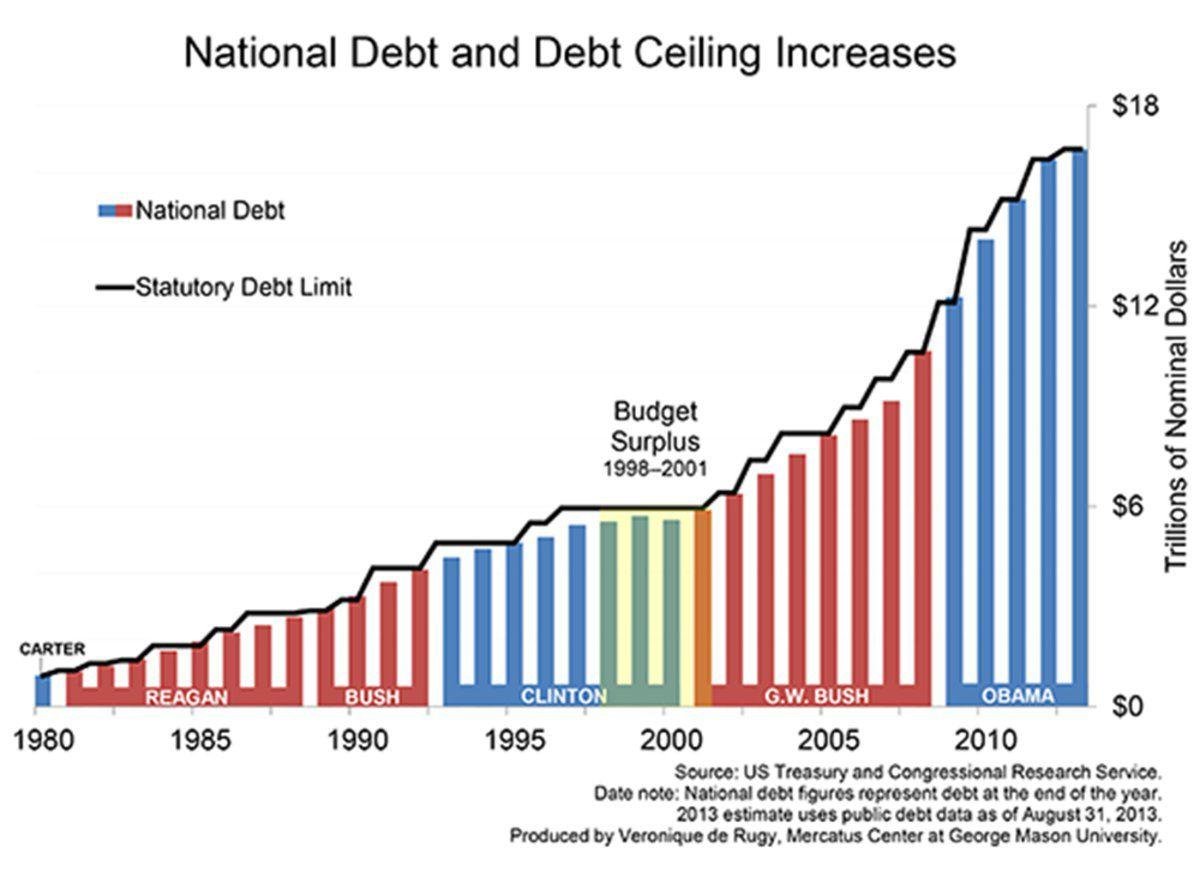Banks in the Gulf Cooperation Council (GCC) are poised for a surge in US dollar debt issuance over the next two years, according to a recent report by Fitch Ratings. The trend is driven by a confluence of factors, including robust credit demand, a need to diversify funding sources, and attractive borrowing rates compared to domestic options.
The report highlights a stellar first quarter of 2024, with GCC bank issuance of US dollar debt already surpassing the entirety of 2023. Year-to-date figures stand at a staggering $20.1 billion, compared to the $15.2 billion issued throughout the previous year. This momentum is expected to continue, potentially exceeding the record set in 2020 of $25.2 billion.
Fitch analysts attribute the surge to a strong credit demand outlook, particularly within the Saudi corporate sector. This increased demand for loans necessitates a corresponding rise in liquidity, which GCC banks are seeking through US dollar debt issuance.
Another key driver is the relative cost-effectiveness of borrowing in US dollars. Fitch points to Saudi Arabia as an example, where coupon rates on five-year senior unsecured debt issued in the first quarter of 2024 averaged 5.1%. This compares favorably to the significantly higher three-month Saudi Interbank Offered Rate of 6.2%. Tighter domestic liquidity conditions further incentivize GCC banks to tap into the US dollar market.
The report also emphasizes the prominent role played by Saudi Arabia and the United Arab Emirates (UAE) in the issuance surge. So far in 2024, these two countries account for a significant portion of the total, with Saudi banks contributing 33% and UAE banks at 26%. This trend signifies a shift, with Saudi issuance surpassing that of the UAE for the first time.
Looking ahead, Fitch anticipates that GCC banks will need to manage a sizable amount of maturing US dollar debt in 2024, estimated at roughly $16.9 billion. The report suggests that this upcoming refinancing requirement is unlikely to dampen the overall issuance trend.
The projected rise in US dollar debt issuance by GCC banks carries both potential benefits and drawbacks. Increased access to liquidity can fuel economic growth by supporting lending activities. However, it's crucial for banks to maintain prudent risk management practices to mitigate potential vulnerabilities associated with accumulating foreign currency debt.

